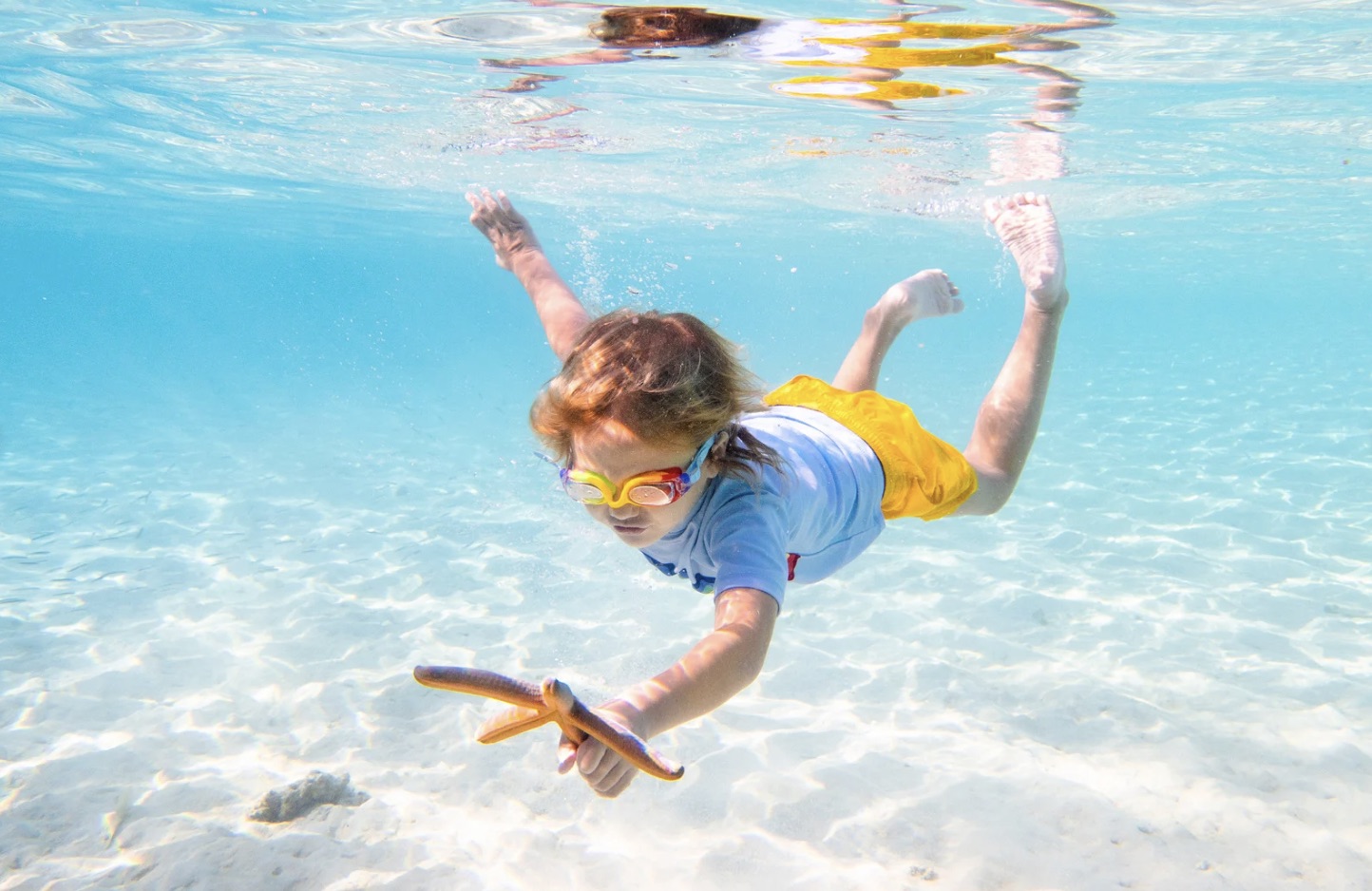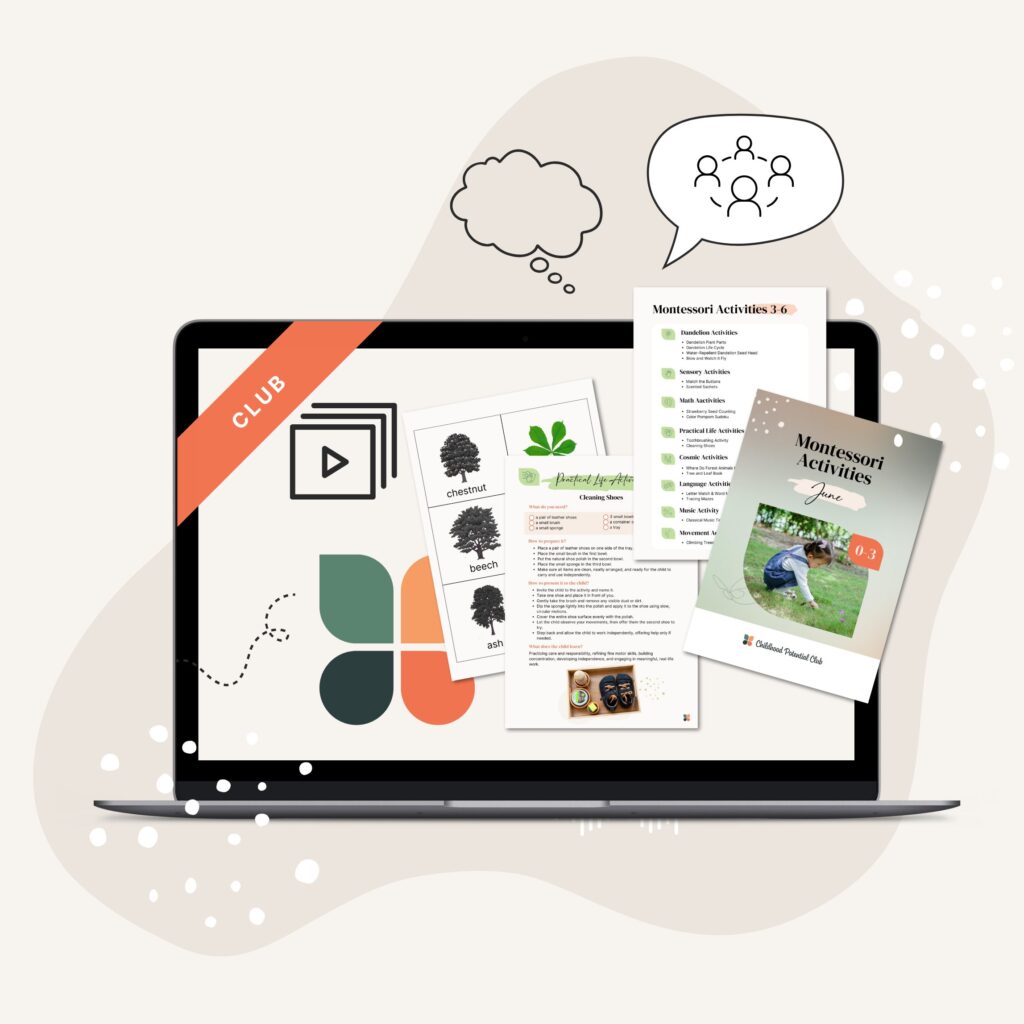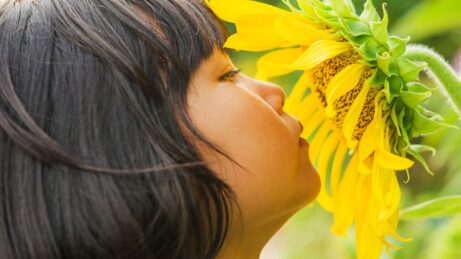The Magic of Water: A Montessori-Inspired Approach to Child Development

Water has always been part of our everyday routines—whether it’s bath time, washing hands, or a splash at the pool. But what if we were to see water not just as a practical element, but as a powerful and natural medium for supporting a child’s development? Let’s explore how beautifully this idea aligns with the Montessori philosophy.
Water as a Gentle Teacher
Consider the idea of water as a kind of “third teacher.” It doesn’t instruct or control—but it responds. Water invites curiosity. It reflects back the energy a child brings. Unlike static toys, water moves, ripples, and sparkles—it engages the senses and draws children into spontaneous exploration.
Just like a thoughtfully prepared Montessori environment, water can offer a rich and responsive space for learning—especially when we slow down and observe with intention.
Discovery Through Movement and Presence
Watch how differently children move in water. Whether in a bathtub or a shallow pool, they gain a kind of physical freedom that isn’t always possible on land. Their arms, legs, and fingers come alive with more ease, expressing movement in a connected, whole-body way.
And notice how water encourages presence. When supporting a child with both hands in water, we naturally become more attuned—less distracted, more grounded, and deeply connected to their emotional and physical cues.
Preparing the Water Space with Intention
When it comes to creating a meaningful water experience, the environment matters. Rather than rushing to add toys, bubbles, or colorful distractions, begin by setting a calm intention. What atmosphere do we bring into the space? Are we centered and respectful?
Often, the water alone is enough. A warm bath, a bowl of water in the kitchen, even a slow stream from a cup can become a beautiful moment of exploration when offered quietly. Keep distractions minimal, light soft, and voices gentle—and watch how this simplicity deepens the child’s experience.
Fostering Independence Through Simple Rituals
Water provides countless everyday opportunities for children to practice independence. Pouring from a small jug, washing their own hands, splashing gently, or wiping a surface—all become acts of care and self-direction.
Using child-sized tools—small cups, cloths, and bowls—makes a big difference. These items invite purposeful movement and allow children to participate fully and confidently in their own care.
Calming the Senses with Water
Water has a naturally calming effect on the nervous system. Its sound, warmth, and texture can help soothe overwhelm and restore a sense of balance—for both child and adult.
Warm towels, slow movements, quiet surroundings—these small choices can transform daily water moments into rituals of peace. Notice how a child relaxes in water when the space around them supports calm.
Supporting Water Confidence at Any Age
Not every child feels instantly at home in the water, and that’s okay. Instead of focusing on lessons or outcomes, it often helps to return to play, connection, and comfort. Stay close. Offer gentle support. Let the experience be slow and guided by the child’s cues.
Keeping the body upright, offering a familiar routine, or simply allowing time to observe can help build trust and confidence—without pressure.
Letting Water Do the Work
There is no need to orchestrate every moment. Water already offers what children need—freedom of movement, sensory richness, calm, and connection.
Sometimes, the most powerful choice is to simply step back. Allow water to do what it does best: hold space for discovery, support emotional regulation, and nourish development—gently and naturally.
This blog post was inspired by the talk given by Jo Wilson during the Childhood Potential Conference. If you’d like to listen to the full presentation, you can find it in our Childhood Potential Club.

Childhood Potential Club
Feel empowered and confident with world-class expert guidance and a rich Montessori resource hub. Guide with purpose and make a lasting impact.
Montessori Beginnings
YOUR ULTIMATE
MONTESSORI PARENTING COURSE
FOR ZERO TO THREE
Gain clarity and confidence in your parenting to raise a resilient, independent and joyful child.


